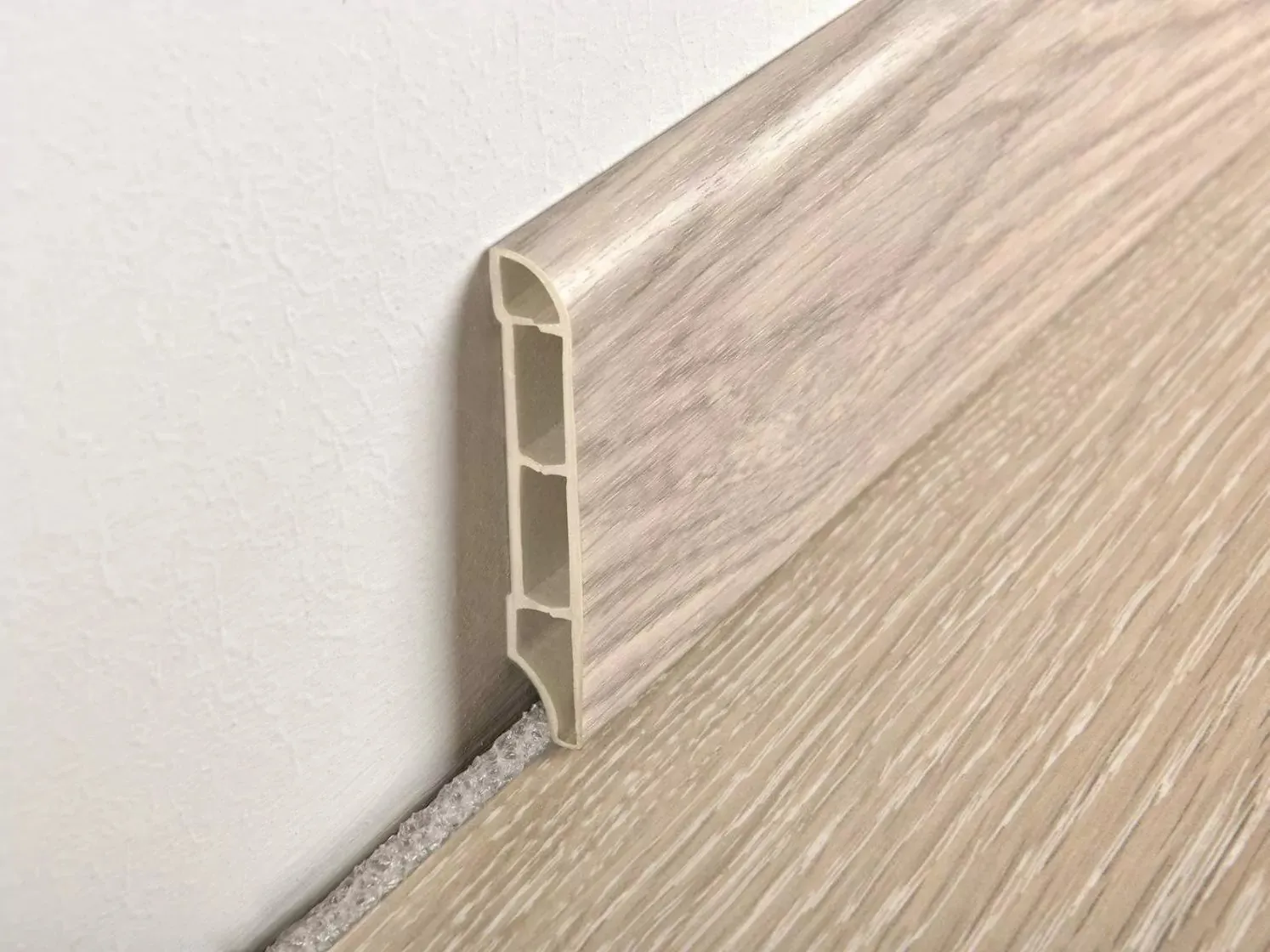Understanding the Benefits and Uses of Linoleum Flooring in Modern Homes
The History and Significance of Linoleum Floor Rolls
Linoleum, often affectionately referred to as lino, has been a popular flooring material for over a century. Its roots trace back to the mid-19th century, when it was first manufactured in England. Initially developed as an affordable and durable alternative to hardwood floors, linoleum quickly gained traction in homes and commercial spaces alike. This article delves into the history, production, benefits, and modern-day applications of linoleum, particularly focusing on the significance of linoleum floor rolls.
Historical Background
The invention of linoleum can be attributed to Frederick Walton, who discovered a method to create a durable, flexible flooring material using linseed oil, cork dust, and pigments. The name linoleum derives from the Latin words linum (flax) and oleum (oil), highlighting its natural origins. Walton patented his invention in 1863, and it gained immediate popularity across Europe and the United States. Its appeal lay in its resilience and ease of maintenance, making it an ideal choice for high-traffic areas.
As the years progressed, linoleum became synonymous with practicality. It adorned everything from kitchens to hospitals, admired for its hygienic properties. During the post-World War II economic boom, its vibrant colors and patterns made it a fashionable choice for homes, contributing to the mid-century modern aesthetic.
Production of Linoleum Floor Rolls
Linoleum is made through a meticulous process that involves combining natural materials. The main ingredients include linseed oil, which acts as the binder; resins; filler materials such as cork or wood flour; and pigments for color. These components are mixed and then spread onto a jute backing, creating large sheets or rolls that can be easily installed.
The production of linoleum floor rolls has transformed over the years, with technology allowing for more intricate designs and improved durability. High-quality linoleum can last for decades when properly maintained. Its production process has remained largely sustainable due to its reliance on renewable resources, aligning with an increasing consumer demand for environmentally friendly products.
Benefits of Linoleum Flooring
roll of linoleum

One of the standout advantages of linoleum flooring is its sustainability. Made from natural materials, linoleum is biodegradable, making it a viable choice for those looking to minimize their environmental footprint. Additionally, linoleum offers a level of resilience that stands up to scratches and dents. It is also naturally antimicrobial, which is an essential feature for areas such as kitchens and hospitals.
Linoleum floor rolls come in a myriad of colors, patterns, and textures, providing homeowners and designers a broad palette to work from. This versatility means that linoleum can seamlessly fit into any design scheme, whether it be a rustic farmhouse or a sleek modern apartment.
Furthermore, linoleum provides excellent insulation properties, helping to maintain comfortable temperatures and reduce energy costs. It also offers a softer surface compared to tile or hardwood, making it gentler on the feet, which can be particularly beneficial in spaces where people stand for extended periods.
Modern Applications and Trends
In the contemporary market, linoleum floor rolls are witnessing a resurgence as more people lean towards sustainable and health-conscious living. The advent of eco-friendly design trends has spotlighted linoleum as a top choice for both residential and commercial spaces. Designers are experimenting with bold colors and innovative patterns, showcasing linoleum as a fashionable flooring option that can elevate a space’s aesthetic appeal.
Moreover, the rise of home renovation shows and DIY projects has reignited interest in linoleum flooring. Homeowners are opting for easy-to-install linoleum rolls for bathroom renovations, kitchen upgrades, and even playrooms, where durability and ease of cleaning are paramount.
Conclusion
Linoleum floor rolls represent a fusion of historical significance and modern functionality. With their environmentally friendly production, aesthetic versatility, and plethora of practical benefits, linoleum flooring continues to be a preferred choice for many. As we move towards a more sustainable future, linoleum serves as a reminder of the value of natural materials in creating beautiful and functional living spaces. Whether in a bustling café, a serene home, or a vibrant school, linoleum remains a steadfast player in the world of flooring, cherished for both its past and its promising future.
-
Waterproof Advantages of SPC Flooring Vinyl in KitchensAug.06,2025
-
SPC Hybrid Waterproof Flooring Thickness GuideAug.06,2025
-
Leveling Subfloor Before My Floor SPC InstallAug.06,2025
-
How Mesh Deck Skirting Improves Outdoor Pest ControlAug.06,2025
-
Choosing the Right Commercial Flooring for Your Business NeedsAug.06,2025
-
Choosing the Best Residential Flooring: A Comprehensive Guide to Style, Durability, and ComfortAug.06,2025




